#lightning science
Explore tagged Tumblr posts
Text
youtube
Lightning and Ball Lightning: Nature’s Electric Phenomena
Lightning is one of the most awe-inspiring natural phenomena on Earth, showcasing immense power and beauty. It is a massive electrostatic discharge caused by the imbalance of electrical charges within clouds, between clouds, or between a cloud and the ground. Though we understand much about its mechanics, the process is so complex that some aspects remain mysterious. Among the more enigmatic manifestations of lightning is ball lightning, an elusive and poorly understood phenomenon.
The Basics of Lightning
Formation: Lightning is primarily caused by collisions between ice particles and supercooled water droplets within cumulonimbus clouds. These collisions generate static electricity, leading to the separation of positive and negative charges. Positive charges accumulate near the top of the cloud, while negative charges concentrate at the bottom. The ground beneath the cloud, influenced by the negative charge above, becomes positively charged. This charge separation creates the conditions for a massive electrical discharge.
Types of Lightning:
Intra-cloud lightning (IC): The most common type, occurring within a single cloud.
Cloud-to-cloud lightning (CC): Occurs between separate clouds.
Cloud-to-ground lightning (CG): Less common but more destructive, where lightning strikes the Earth.
Ground-to-cloud lightning (GC): A rarer reversal of the usual flow, often originating from tall structures.
Spider lightning: Horizontal, branching flashes spreading across large areas of the sky.
Key Characteristics:
A single lightning bolt can reach temperatures of 30,000 Kelvin (53,540°F), which is about five times hotter than the surface of the Sun.
Lightning travels at speeds of up to 220,000 mph.
A typical lightning strike carries around 1 billion joules of energy, enough to power a 100-watt light bulb for over three months.
Thunder: Lightning’s Companion
Thunder is the sound caused by the rapid expansion of air superheated by a lightning bolt. This sudden heating causes a shock wave, which we perceive as thunder. The delay between seeing lightning and hearing thunder allows us to estimate the strike’s distance; sound travels approximately 343 meters per second (1,125 feet per second), so every three-second delay represents about one kilometer (0.62 miles).
Ball Lightning: A Puzzling Phenomenon
Ball lightning is a rare and poorly understood phenomenon. Described as glowing, spherical objects, it has puzzled scientists and witnesses for centuries. Unlike regular lightning, ball lightning is not a simple discharge but a persistent, orb-like manifestation.
Characteristics of Ball Lightning:
Size: Typically ranges from a few centimeters to several meters in diameter.
Color: Commonly reported as white, yellow, or orange, though other colors like blue and green have also been observed.
Duration: Lasts from a few seconds to several minutes.
Motion: Moves erratically, often floating or bouncing before dissipating.
Behavior: Known to pass through windows or thin walls, adding to its mystery.
Historical Accounts: Ball lightning has been documented for centuries. One of the earliest reports dates back to the year 1638, during a storm at the Great Hall of Widecombe Church in England. Witnesses described a "great ball of fire" that entered the church, caused extensive damage, and killed four people.
Scientific Theories: Ball lightning’s rarity makes it difficult to study in controlled environments, leading to numerous competing theories:
Plasma Hypothesis: Suggests that ball lightning is a plasma—a hot, ionized gas—formed by the interaction of lightning with certain materials on the ground.
Silicon Hypothesis: Proposes that silicon vapor, produced by lightning striking soil, condenses into nanoparticles that react with oxygen to form the glowing orb.
Microwave Cavity Hypothesis: Suggests that ball lightning is caused by microwaves trapped in a self-contained electromagnetic structure.
Quantum Mechanisms: Some researchers theorize that quantum effects could be at play, though this remains speculative.
Safety Tips for Lightning
Lightning is dangerous and claims hundreds of lives each year. Following these safety tips can reduce your risk:
Seek Shelter: During a thunderstorm, stay indoors or in a vehicle with windows closed. Avoid open fields, tall trees, and metal structures.
Avoid Water: Don’t use plumbing or engage in water activities; lightning can travel through pipes.
Unplug Electronics: Lightning can cause power surges; unplug devices to protect them.
Follow the 30-30 Rule: If you see lightning and hear thunder within 30 seconds, seek shelter immediately. Remain indoors until 30 minutes after the last thunderclap.
Modern Research and Applications
Studying lightning has practical benefits, from improving weather forecasting to protecting infrastructure. Modern research employs high-speed cameras, lightning rods, and sensors to understand and mitigate its effects. Notably, NASA has studied lightning on other planets, such as Jupiter and Venus, providing insights into atmospheric processes beyond Earth.
Ball lightning, while less understood, continues to inspire scientific inquiry. Efforts to replicate it in laboratory conditions have yielded intriguing results, though definitive explanations remain elusive. Understanding ball lightning could lead to advances in plasma physics and electromagnetic theory.
Conclusion
Lightning is a spectacular yet dangerous force of nature, embodying the power of Earth’s atmospheric dynamics. Its cousin, ball lightning, remains one of science’s great mysteries, offering tantalizing glimpses of phenomena yet to be fully explained. As research progresses, these phenomena continue to inspire awe and curiosity, reminding us of the complex and unpredictable nature of our world.
#lightning#ball lightning#thunderstorms#weather phenomena#storm science#natural wonders#atmospheric science#lightning facts#ball lightning mystery#electric phenomena#plasma research#storm safety#weather explained#thunderstorm safety#spider lightning#cloud-to-ground lightning#intra-cloud lightning#nature power#storm chasers#lightning science#Youtube
0 notes
Text

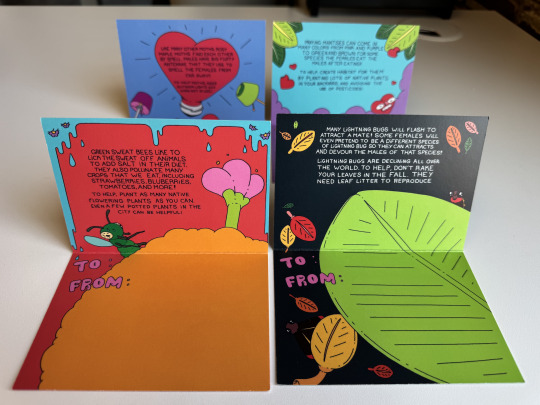
Inject a little science into your Valentines Day with LOVE BUGS valentines!
GET 'EM HERE!
I really love putting science into things people are already doing. Each of these cards has a fact about the animal AND something you can do to HELP the animal. Let's care for our native insects! We love biodiversity!
(I also love getting snail mail. It's just a delight.)
Send these with your kid to school for valentines day exchanges, send them to your friends, bring them to work to bring a little joy (and science!) to the office.
They were designed by Michele Scott in Philly, and printed & packed here at Skype a Scientist HQ (also in Philly).
All sales support science education nonprofit Skype a Scientist!
Tell your friends. Get some Love bugs.


#squid facts#Science#Skype a Scientist#Love bugs#valentines#valentines day#insects#biodiversity#bugs#mantis#rosy maple moth#lightning bug#firefly#Sweat bee#native bugs
2K notes
·
View notes
Text

Lightning From Space
1K notes
·
View notes
Text
Ball lightning on railway
355 notes
·
View notes
Text
So my aunt seems to have witnessed BALL LIGHTNING and i can't get her to understand how potentially important that is
She's not a fantasist type, just a fun country gal in her 70s. So last night on the phone she casually drops that during a very intense thunderstorm a couple of nights ago, she sees lightning congeal into an orb and hover above the ground for a couple seconds before fizzling out, and she was scared of fire and for her neighbor's cows. She's just like 'Yeah it was scary :(, but anyway i saw your cousins :)' and i'm like AUNTIE, YOU ARE MORE LIKELY TO GET BIGFOOT'S AUTOGRAPH THAN SEE BA--
'Yeah i wish i had gotten it on video, haha but it was very scary' AUNTIE, IF YOU HAD GOTTEN IT ON VIDEO YOUR NAME WOULD BE IN HISTORY BOOKS
#how to explain to my aunt that she witnessed a near biblical event#a miracle#science#ball lightning#phenomena
167 notes
·
View notes
Note
Request: Jed and octavius dancing on/playing the piano like in that scene from the movie Big.
(Your art is amazing)
Like this? 🎹🎵🎶
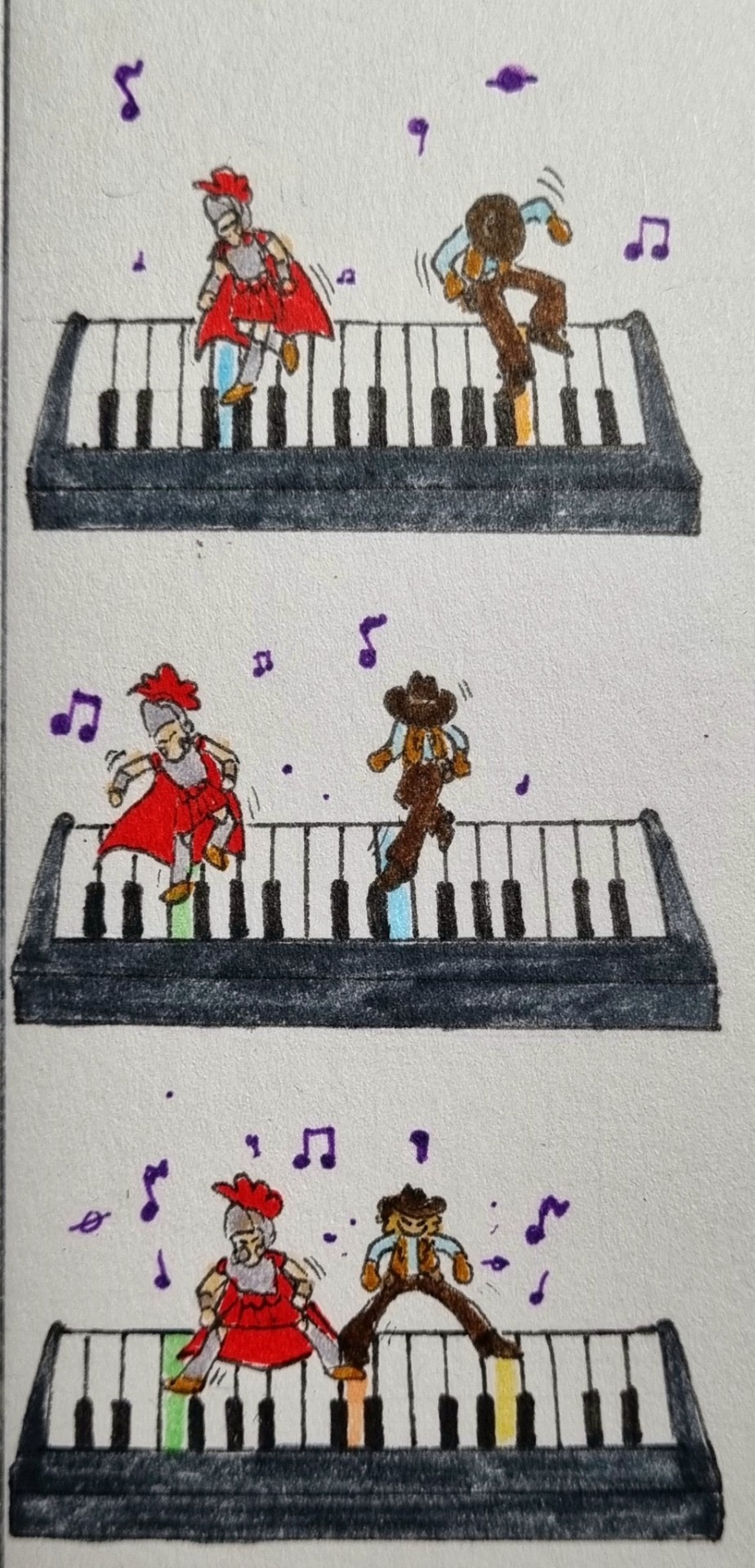
Maybe they can have an iPad too
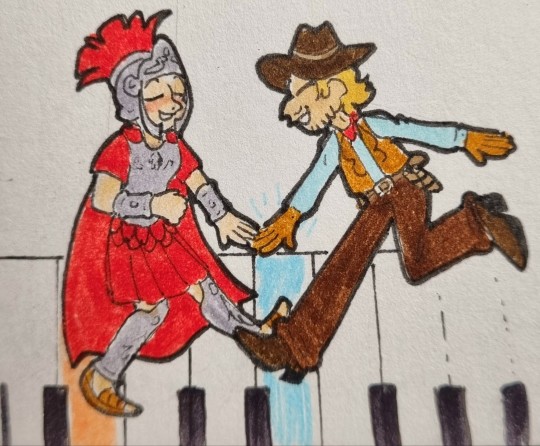
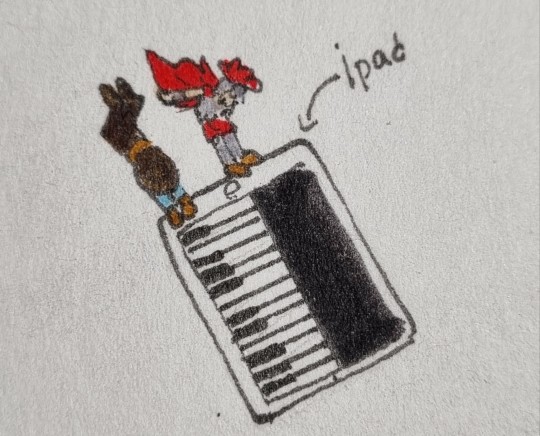
#strategically placing the colors of the piano keys#so they start in each other's colors and end up on their own. do you see my vision#i haven't even heard of that movie before so naturally I had to watch it. for science#first it was Lightning McQueen now a piano (3 times I might add). what's next. what's my next 'impossible to draw traditionally' challenge?#anyway#ask#anonymous#answered#night at the museum#natm#natm octavius#natm jedediah#jedediah smith#gaius octavius#jedediah and octavius#jedtavius#fanart#art#traditional art#Also thank you for liking my art#I hope these little drawings are satisfactory#inaccurate notes because I haven't played piano in years (I really shouldn't have stopped learning. maybe I can start violin instead..)#big (1988)
816 notes
·
View notes
Text

407 notes
·
View notes
Text

Benjamin Franklin Drawing Electricity from the Sky by Benjamin West
#benjamin west#art#benjamin franklin#electricity#kite#experiment#sky#american#america#philadelphia#electrical#nature#romanticism#neoclassicism#lightning#north america#thunderstorm#key#lightning strike#clouds#storm#stormy#storms#cherubs#cherub#neoclassical#science#scientific discovery#founding fathers#founding father
150 notes
·
View notes
Text

Sometimes the melee fighters have to take a step back and let the wizard handle things (David Martin box art for AD&D campaign adventure Tale of the Comet by Thomas M Reid, TSR, 1997). Published late in the 2e era, this story begins with a light streaking across the sky and leads to the characters battling alien invaders through a portal into their sci-fi world.
#D&D#Dungeons & Dragons#David Martin#Tale of the Comet#wizard#sci fi#fantasy#AD&D#D&D 2e#AD&D 2e#science fantasy#lightning bolt#spaceship#lasers#campaign setting#Thomas M Reid#Dungeons and Dragons#TSR
126 notes
·
View notes
Text
Me: Trying to find a way to safely protect a Viggo from electrocution while riding a lightning dragon using my basic education, self-taught blacksmithing, fascination with engineering, and costume making knowledge

I feel very qualified for this. Lol seriously tho-
Anyone else have any ideas? Bc while I am going to post my idea on here in a bit (Once I release my next chapter of KTS, so probably sometime tonight or tomorrow) I would LOVE to hear what other people have thought about this problem. I don't want my boy to get fried by his own dragon.
I have done a ton of research, but trying to apply this to the rudimentary knowledge that Vikings had in this period along with their limited resources has been a NIGHTMARE.
#Viggo would freaking die if he rode the Skrill and I feel like nobody talks about this#even though I feel the Skrills lightning is less powerful when it runs down its spines like its still probably devastating on a human body#I wanna be as true to science as I can but lo and behold nothing like this exists#I have a rudimentary idea of how to get around this but like#my idea is a bit based around httyd bs and a bit twisted science#viggo grimborn#httyd skrill#Im goin in blind here#Ive done SO MUCH RESEARCH on lightning#and metal#Lightning is terrifying#how to train your dragon#httyd#httyd rtte
99 notes
·
View notes
Text
Gigantic Jets

Stormy skies feature much more than the forked cloud-to-ground lightning we're used to seeing. This composite image shows a rare and recently-recognized type of lightning known as a gigantic jets. (Image credit: Li X.; via APOD) Read the full article
#atmospheric science#fluid dynamics#gigantic jets#lightning#meteorology#physics#plasma#science#thunderstorm
183 notes
·
View notes
Text
was looking at my several ref compilations for lightning and found some cool notes for when i'm trying to divide him into smaller forms.
not meant to be a tutorial, again these are My notes for Me, but they could be useful so i'm sharing
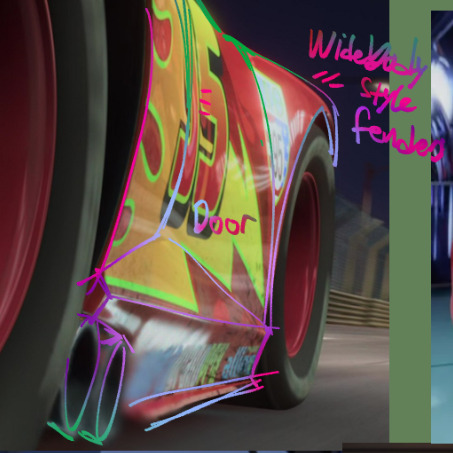
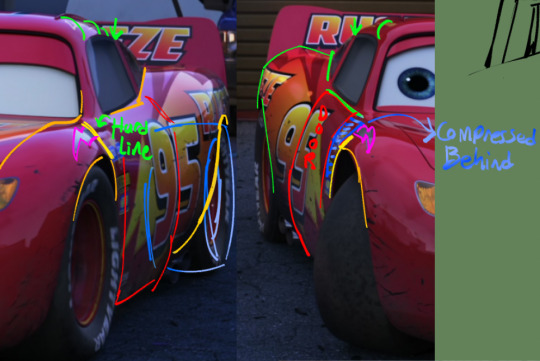



his rear especially is vague 3d shapes that melt into each other and doesn't really translate to line-drawing super well. there are barely any hard lines to follow on him, hes sort of an amalgamation of melted-together cylinders. it does make him very fun to draw in a more cartooning style tho (think pixar's own storyboards! hes just some very simple ovals, lmao).


and my older 2019 notes:


"sandwich" thank you, past-twerk. "fat" yeah. how to draw lmq: well he's sort of fat. classic american flying brick. sandwich.
#pixar cars science#my edit#idk what to tag this as lmao#but this is part of how i study him#i draw with lineart so i gotta. choose which lines are important. and line everything up#lightning mcqueen#pixar cars#cars 2006#cars fandom
57 notes
·
View notes
Text

Thor's Lightning
1K notes
·
View notes
Text
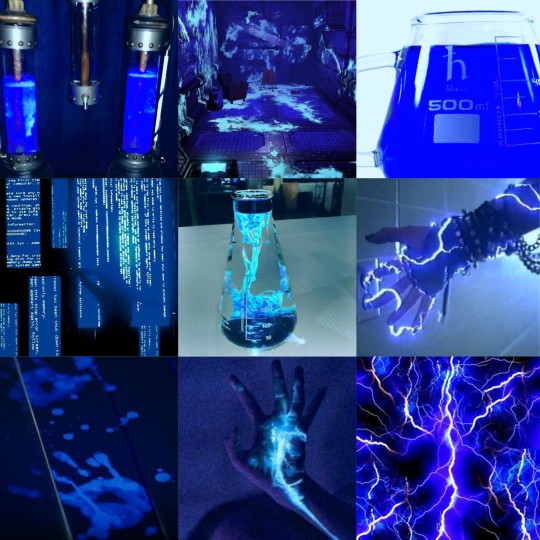
and of course we gotta talk about the electric blue mad scientist aesthetic!
#sciencecore#mad science#mad scientist#villaincore#scientist#scientists#villain#chemistry#evilcore#evil scientist#mad sciencore#labcore#laboratory#lab#neon aesthetic#neon#lightning#electricity#blue#neon blue
781 notes
·
View notes
Photo


Grand Cosmic Fireworks by Angel An
...
The photo, titled Cosmic Fireworks, won the Skyscapes category of the 2023 Astronomy Photographer of the Year competition, hosted by the Royal Observatory Greenwich. This breathtaking image not only showcases the awe-inspiring beauty of sprite discharges but also sparks public interest in extreme weather phenomena and their scientific significance. Credit: Angel An
#grand cosmic fireworks#angel an#2023#photography#red sprites#sprite discharges#lightning#elements#nature#natural phenomena#weather#extreme weather phenomena#science#sciblr#skyscapes#sky#night#landscape#skyscape#stars#aesthetic#scitechdaily#astronomy#royal observatory greenwich#detail#celestial#christmas tree#purple haze#lpf#for those who don't fw npf
23 notes
·
View notes
Text
A dreamy flight through the storming night
#not marine but too cool not to share#meteorology#storm#storm chasing#lightning#weather#science#nature#cool video#storms#thunderstorms#cool science#women in stem#travel#adventure
50 notes
·
View notes